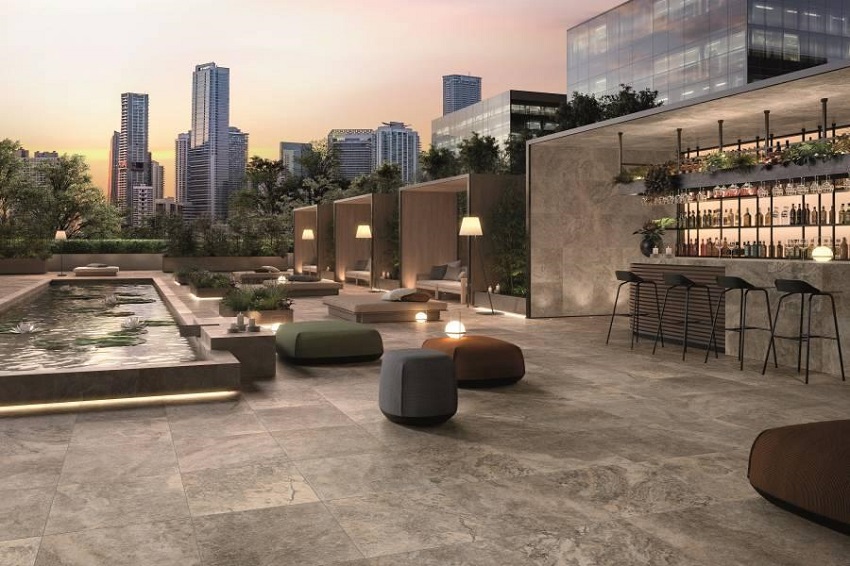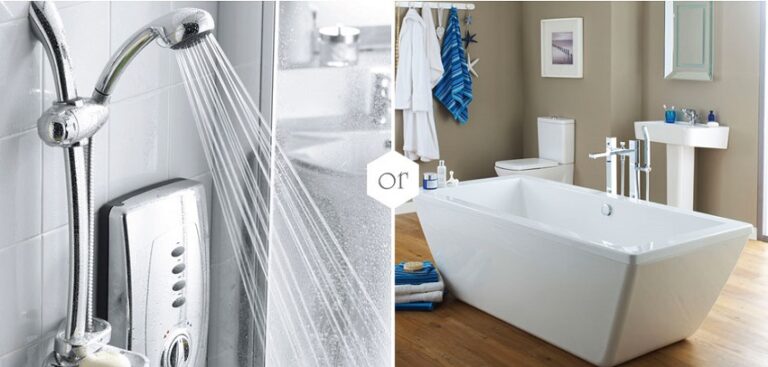Travertine is a beautiful and popular natural stone that has been used for centuries in various architectural and artistic applications. It is formed through a fascinating natural process, which gives it unique qualities and distinct characteristics. In this article, we will delve into the world of travertine and uncover the secrets of what it is made of, its formation process, and its various uses. The content is brought to you by Decoracaos.com.
Understanding Travertine: A Brief Introduction
Before we dive into the nitty-gritty of what travertine is made of, let’s have a quick overview of this extraordinary natural stone. Travertine is a type of limestone that is created from the precipitation of mineral-rich water. It is often found near hot springs and geysers, which play a crucial role in its formation.
The Ingredients: What Makes Up Travertine?
Travertine marble primarily consists of calcite, a crystalline form of calcium carbonate. Other minerals, such as aragonite and limestone, may also be present in smaller quantities, contributing to the stone’s unique patterns and color variations.
The Formation Process: Unveiling Nature’s Artistry
The formation of travertine is an awe-inspiring natural process that takes place over thousands of years. It begins with the circulation of water through limestone rocks deep within the earth’s crust. As the water travels, it absorbs minerals, especially calcium carbonate.
When this mineral-rich water reaches the surface, it encounters the atmosphere and undergoes a remarkable transformation. As the water evaporates, the minerals it carries are left behind, leading to the deposition of calcite on the surface of plants, rocks, and other structures. Over time, these deposits build up and solidify, resulting in the beautiful travertine stone that we know and love.
Characteristics That Captivate: Understanding Travertine’s Appeal
Travertine is treasured for its unique characteristics, which set it apart from other natural stones. Some of the key features that make travertine highly sought-after include:
1. A Plethora of Colors
Travertine comes in a wide range of colors, from ivory and beige to rich golden hues and rusty reds. This extensive color palette allows for versatility in design and makes travertine suitable for various aesthetic preferences.
2. Natural Patterns
The stone’s formation process gives rise to mesmerizing natural patterns, such as swirls and veining, which enhance the visual appeal of travertine. Each piece of travertine is a work of art in itself, ensuring that no two installations are ever alike.
3. Durability and Strength
Travertine is a robust and durable stone, making it suitable for both indoor and outdoor applications. Its resistance to weathering and wear ensures that it can withstand the test of time, making it an excellent choice for high-traffic areas.
4. Eco-Friendly Choice
Being a natural stone, travertine is an environmentally friendly option for those seeking sustainable building materials. Its extraction and production have a minimal impact on the environment compared to synthetic alternatives.
Practical Uses: Where and How Travertine Shines
Travertine’s versatility extends to its applications in various architectural and design settings. Some of the most common uses of travertine include:
1. Flooring and Wall Cladding
Travertine floor tiles and wall cladding bring a touch of elegance and sophistication to any space. From living rooms and hallways to bathrooms and kitchens, travertine enhances the ambiance with its natural charm.
2. Countertops and Vanities
Travertine countertops and vanities add a timeless appeal to kitchens and bathrooms. Its heat-resistant properties and easy maintenance make it a practical choice for these spaces.
3. Outdoor Spaces
Travertine pavers and tiles are popular choices for outdoor spaces like patios, pool decks, and garden pathways. Its ability to stay cool underfoot in hot weather makes it a comfortable option for outdoor gatherings.
4. Art and Sculpture
Artists and sculptors have long admired the workability of travertine, using it to create intricate sculptures and artistic masterpieces.
The Charm of Imperfections: Embracing Travertine’s Uniqueness
Unlike mass-produced synthetic materials, travertine bears the hallmarks of nature’s handiwork. Its imperfections, such as small pits and voids, add to its charm and uniqueness. These imperfections are not defects but rather an integral part of the stone’s character.
Frequently Asked Questions (FAQs)
- Is travertine suitable for high-traffic areas like hallways and entryways?
Yes, travertine’s durability and resistance to wear make it an ideal choice for high-traffic areas.
- Does travertine require special maintenance?
Travertine requires regular sealing to protect it from stains and to maintain its appearance over time.
- Can travertine be used in cold climates?
Yes, travertine can withstand freezing temperatures, making it suitable for use in cold climates.
- How does travertine compare to marble?
Travertine and marble are both natural stones, but they have distinct characteristics and appearances. Travertine has a more rustic and earthy look, while marble has a more polished and elegant appearance.
- Can I use travertine around a swimming pool?
Yes, travertine is a popular choice for pool decks and other outdoor areas as it remains cool underfoot and provides a slip-resistant surface.
In conclusion, travertine is a remarkable natural stone with a captivating history and unique attributes. Its formation process, composition, and practical applications make it a favorite among architects, designers, and homeowners alike. Whether used indoors or outdoors, travertine brings an aura of elegance and timelessness to any space, showcasing the true beauty of nature’s artistry.






